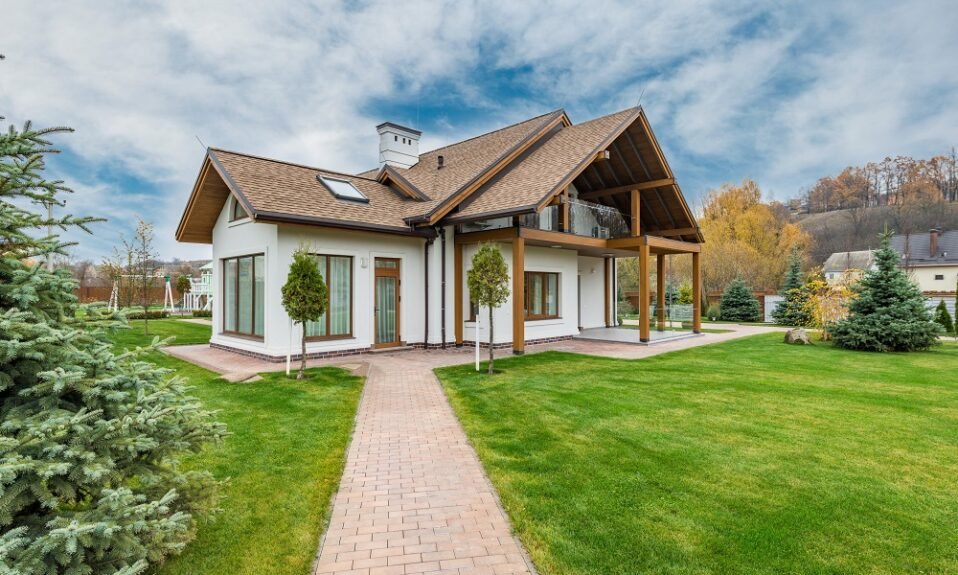
The only things that differentiate a shop from a warehouse are the displays and fixtures. In an alternate universe, shops would be just a warehouse with a checkout counter. But our world doesn’t work like that. We need elaborate displays and fancy fixtures to show the products in a store and attract customers.
Every shop has a display in one form or another. Some are basic, and others are extremely flashy and attention-grabbing. Some focus on functionality; others focus on style and identity. All these approaches are valid in their own context. The issue, however, arises when an improper implementation of these store fixtures becomes a hindrance to the store’s performance. You might not notice it, but your store could have these issues. Here are a few tips on how to improve your fixture situation:
Put the kiosk retail displays in proper spots:
If you search online about Mall Kiosk retail displays, you’ll see it showered with praise. You’d be told that a kiosk can help you grow your business, improve customer support, and much more. All of which is true, but only if these machines are used properly and in the right places. For example, a kiosk should not distract a customer from directly accessing the product and making a purchase.
Guiding the customer through the store:

Having a well-defined fixture layout that guides the customer through the whole store is one of the best ways to ensure improved performance. You want every customer to see as many of the products in your store as they could. This way, you are improving the chances of them finding something that they would like to purchase.
Improve your layout:
There are several ways to ensure a good shopping experience for the customer, and most of them vary on a store-to-store basis. However, there are some key rules that you can follow for better results. The first of these rules is that your store should not have dead ends. Every way the customer can go should lead to some other place. Dead ends only serve the purpose of frustrating the customer.
Similarly, avoid filling the store with too many fixtures. Make sure that every place a customer can reach is wide enough for two-way traffic. Lastly, avoid breaking the line of sight. This means that the larger bulkier fixtures should always be at the back and near the walls. This serves two major purposes. It makes your store feel roomy and bigger than it is. It also avoids making the customer feel claustrophobic and overwhelmed by the number of products, especially in places like grocery stores. When deciding on your layout it’s crucial to consider footfall. Footfall can be manipulated with the help of digital signage to draw customers to certain areas within your store.
Make sure to cross-merchandise:
Cross merchandising refers to indirectly suggesting product combos. This is completely different then bundle deals as you are not tying two products together. All you are doing in cross-merchandising is reminding the customer of products that would work well together. For example, a fixture with dresses can have a fixture next to them with matching handbags. There are no rules on what goes with what. You just have to figure these things out according to your store.




